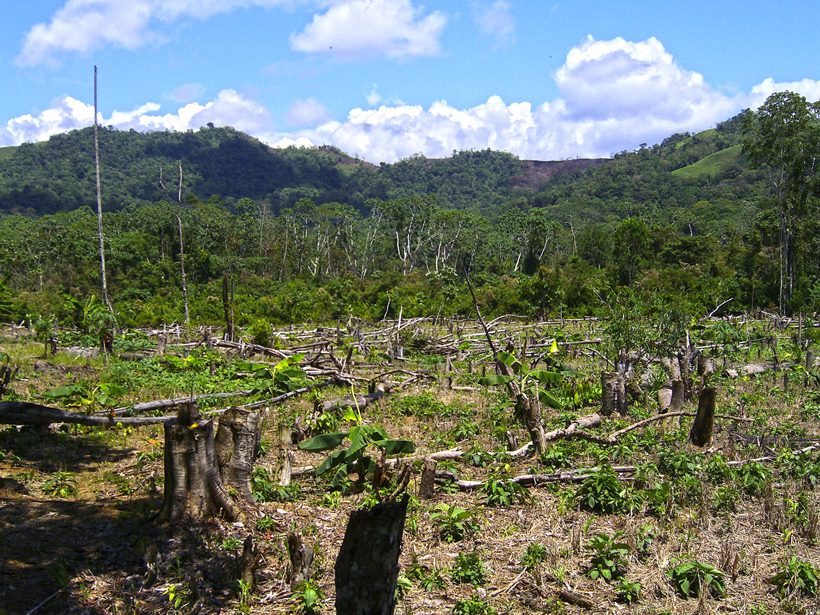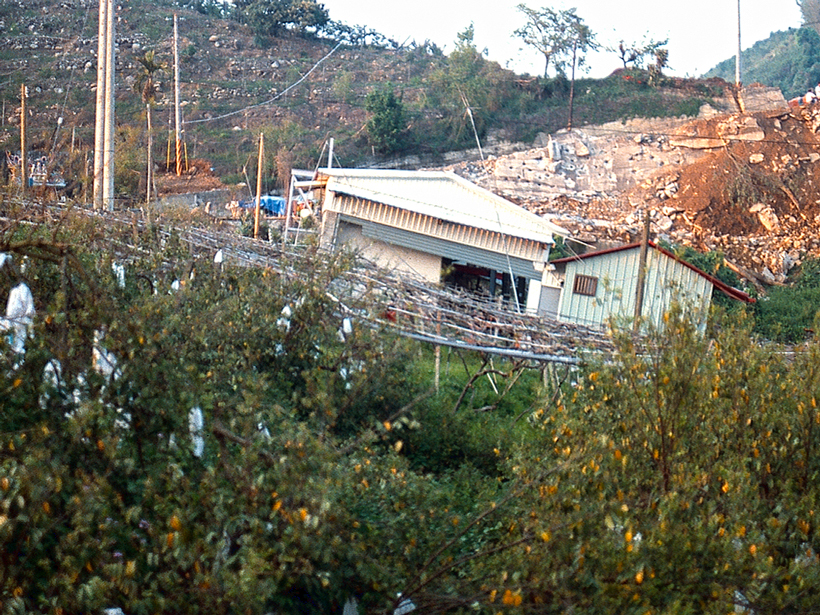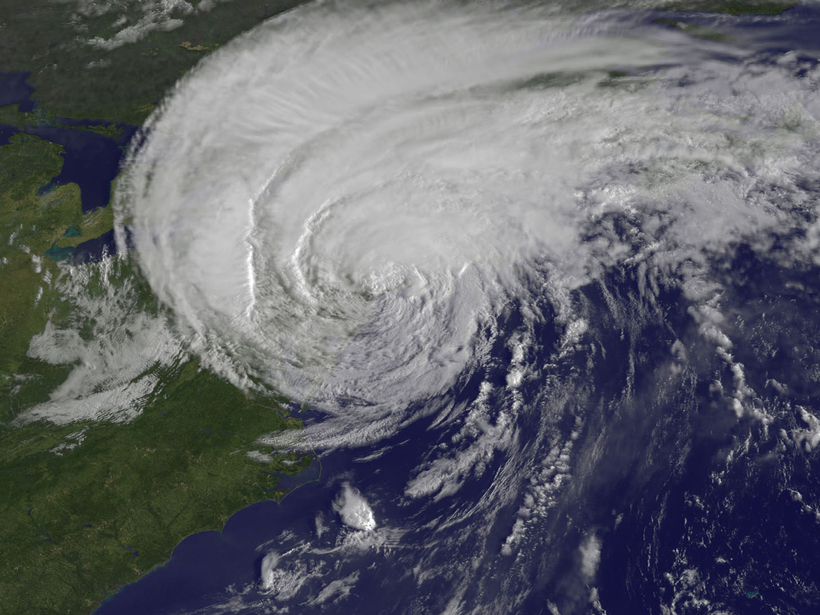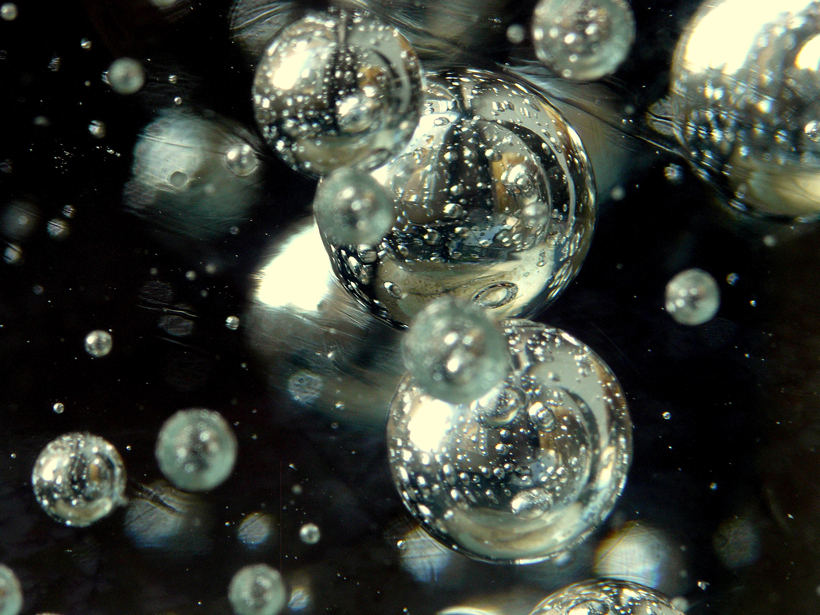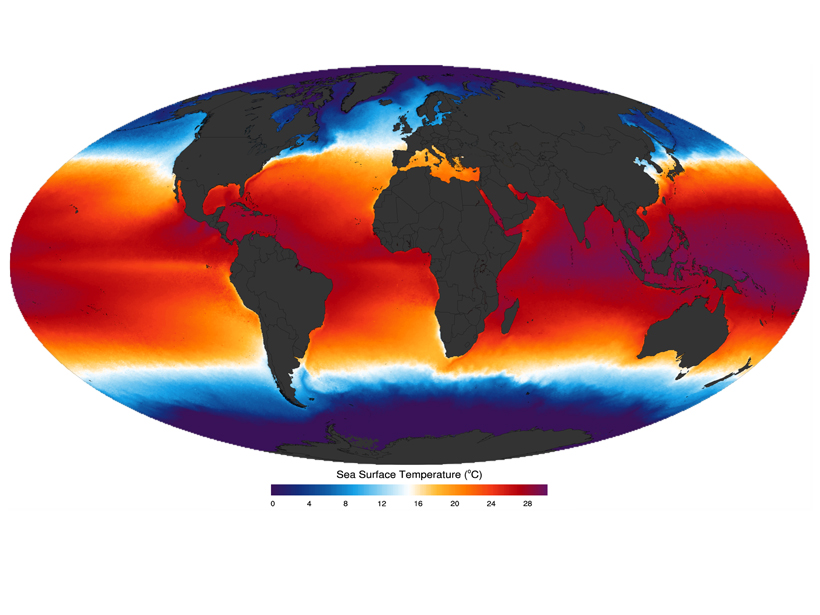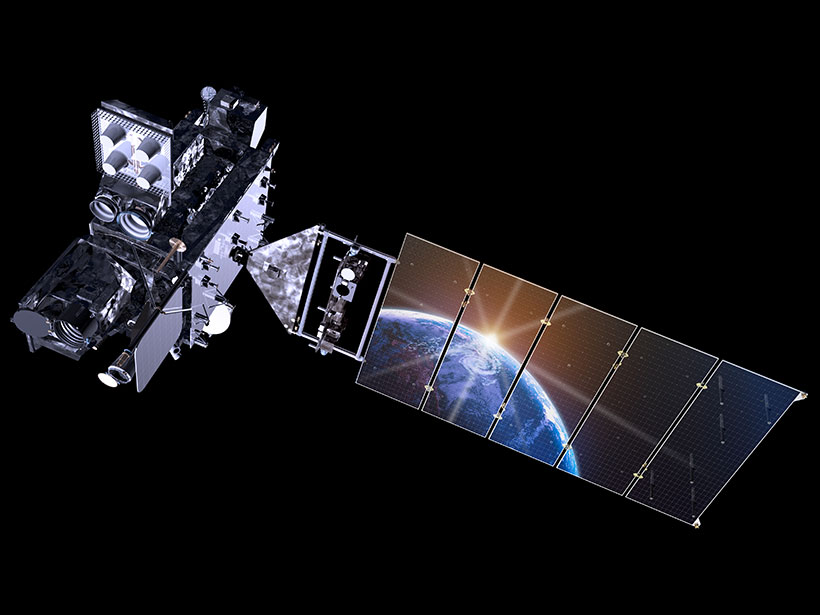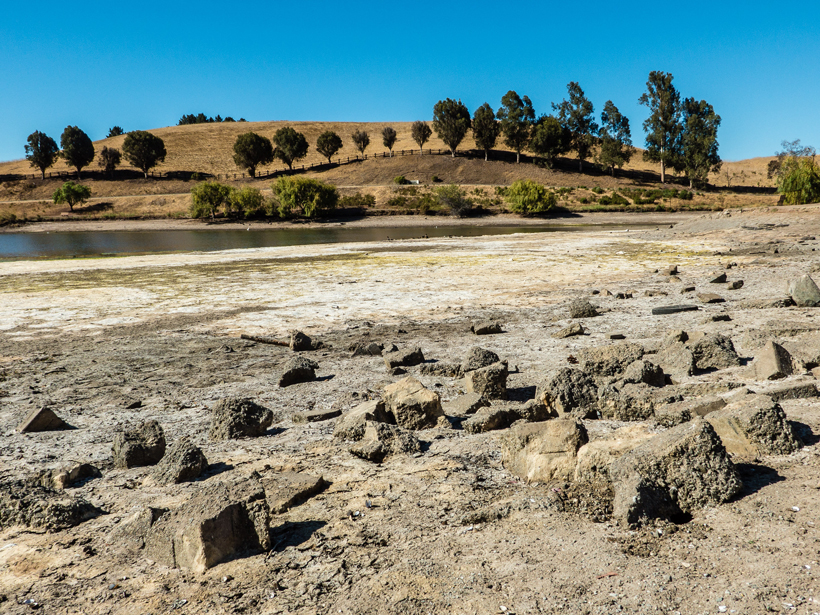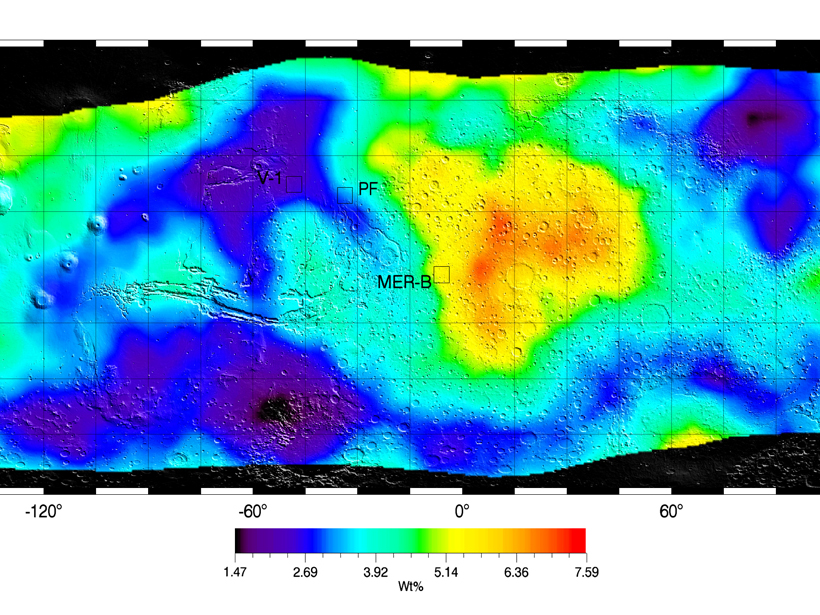Analysis of magnetic fields on the Sun's surface offers a new clue on why sunspots appear.
Research Spotlights
Research spotlights are plain-language summaries of recent articles published in AGU’s suite of 24 journals.
Could Amazonian Deforestation Increase Cloudiness and Rain?
In trading trees for pastures, patchwork differences in vegetation heights increase cloudiness in downwind regions.
Surface Folds Hint at Magnitude of Slip Along Thrust Faults
The shape of deformed sediments at the surface may allow researchers to estimate the cumulative slip along thrust faults such as the Chelungpu fault in Taiwan.
Historic Hurricane Data Give a Warning for the Future
Sediment cores from a Massachusetts pond help suggest that as ocean temperatures rise, the occurrence of severe hurricanes along North America's Atlantic coast will increase.
Ozone Hole to Remain Large During Cold Years
Despite the Montreal Protocol's success, it will take years of observations to be sure that regulations are allowing the ozone hole to recover.
Humans Greatly Increase Mercury Levels in the Ocean
A study of the natural cycle of mercury reveals that humans are to blame for a five- to sixfold increase in the oceanic concentrations of the potentially toxic element.
Conquering Uncertainties in Tropical Climate Forecasts
The key to better predictions of atmospheric temperature trends in the tropics may lie in more accurate measurements of sea surface temperatures.
Do All These Weather Satellites Really Improve Forecasts?
A team of researchers put an array of space- and ground-based weather instruments to the test and found that the common weather balloon is irreplaceable for forecasting rainfall.
When Predicting Drought Risk, Do Not Overlook Temperature
Through analysis of 2014's record dryness in California, a study suggests that a risk of similar droughts depends not just on precipitation but also on temperature.
Water Beneath the Surface of Mars, Bound Up in Sulfates
Researchers present maps of hydrogen and sulfur that hint at water locked in hydrous sulfates in Mars's southern hemispheric soil.


